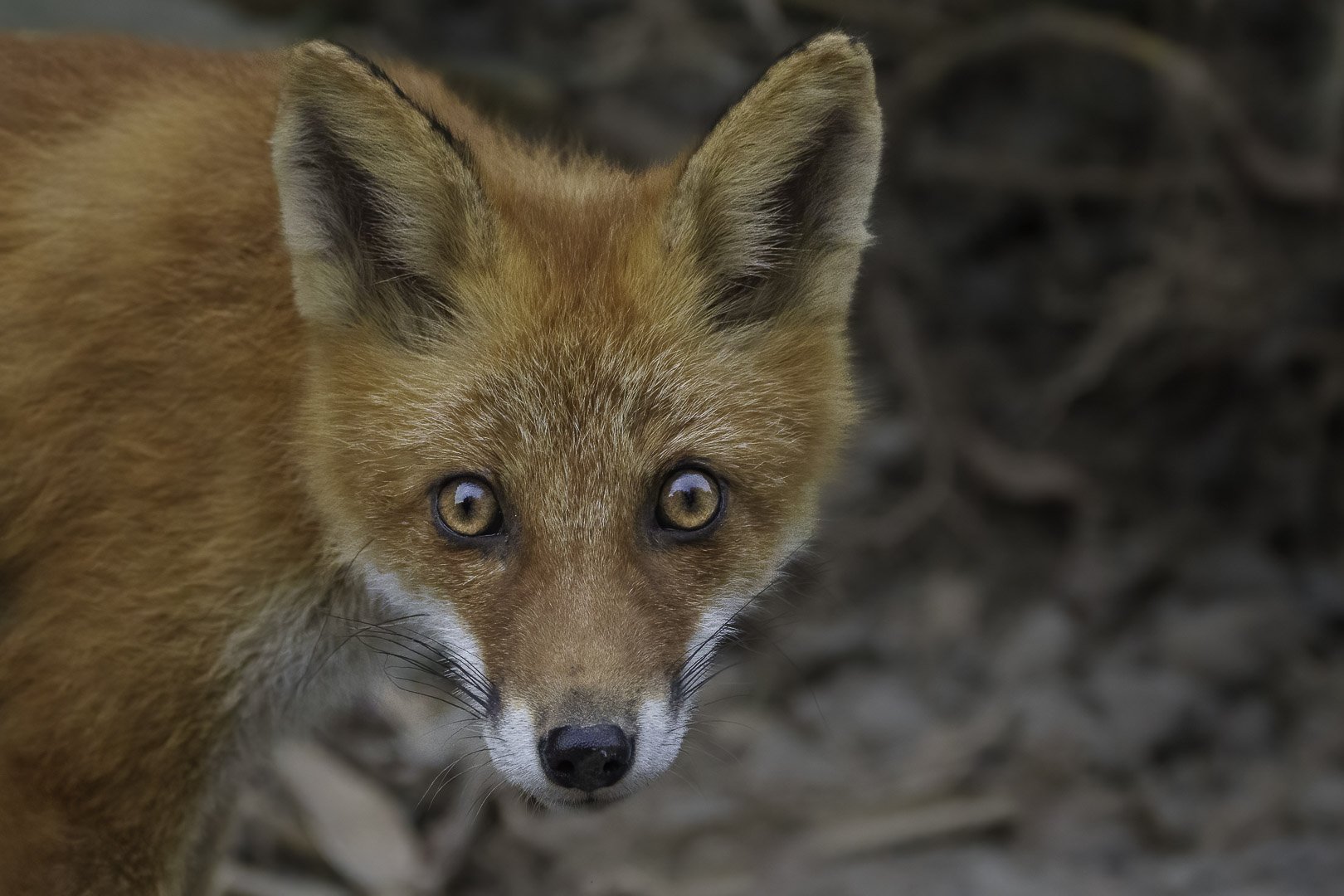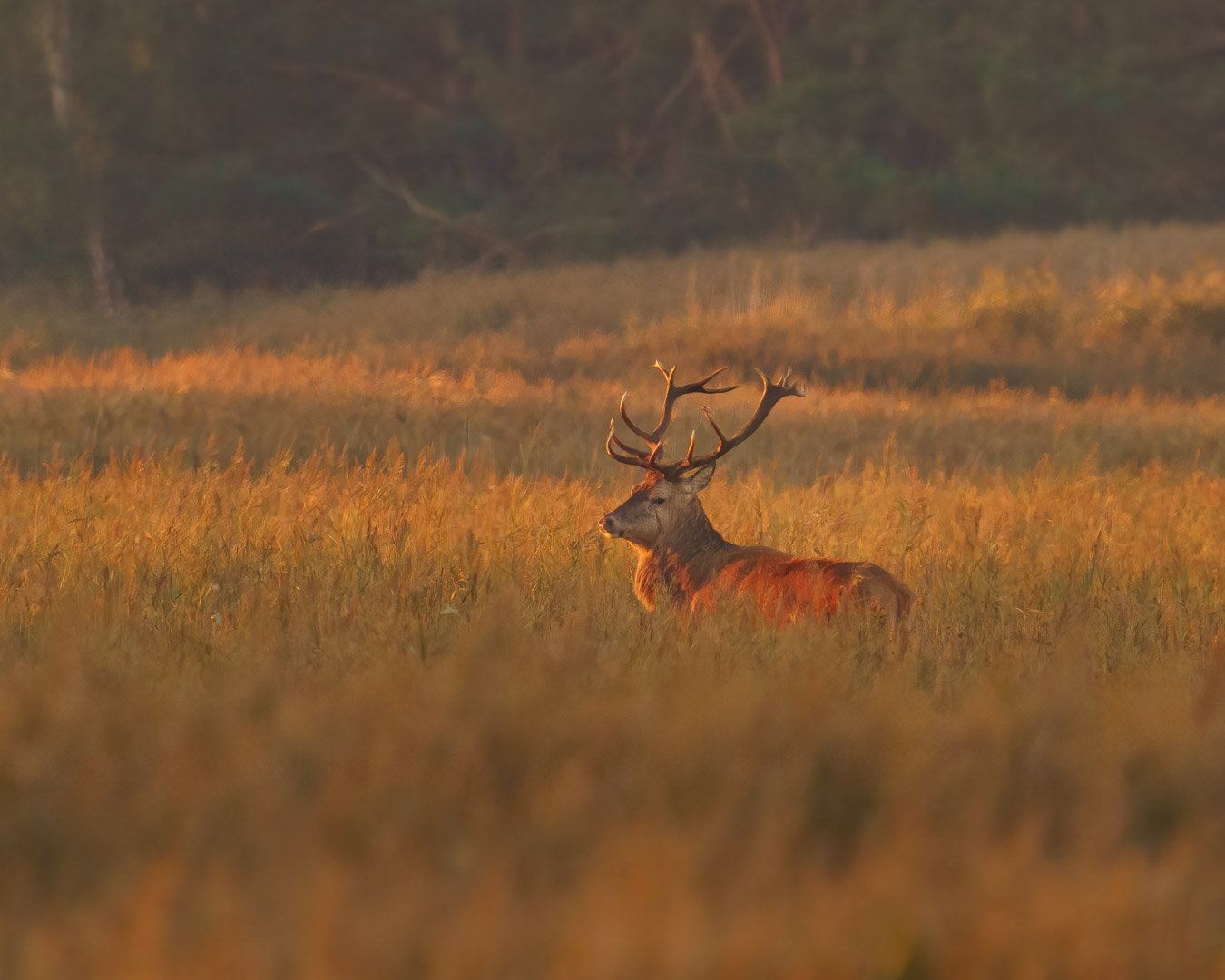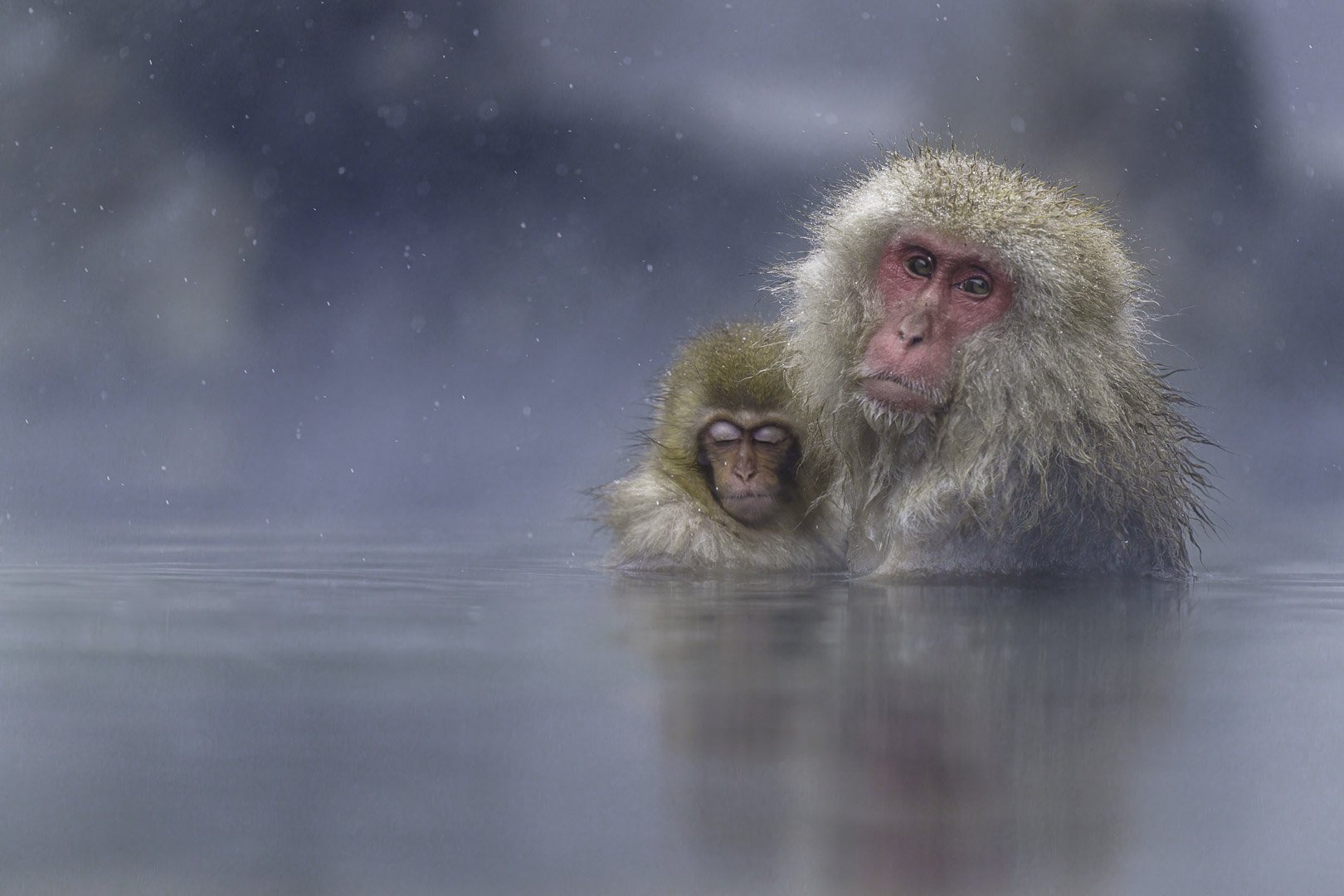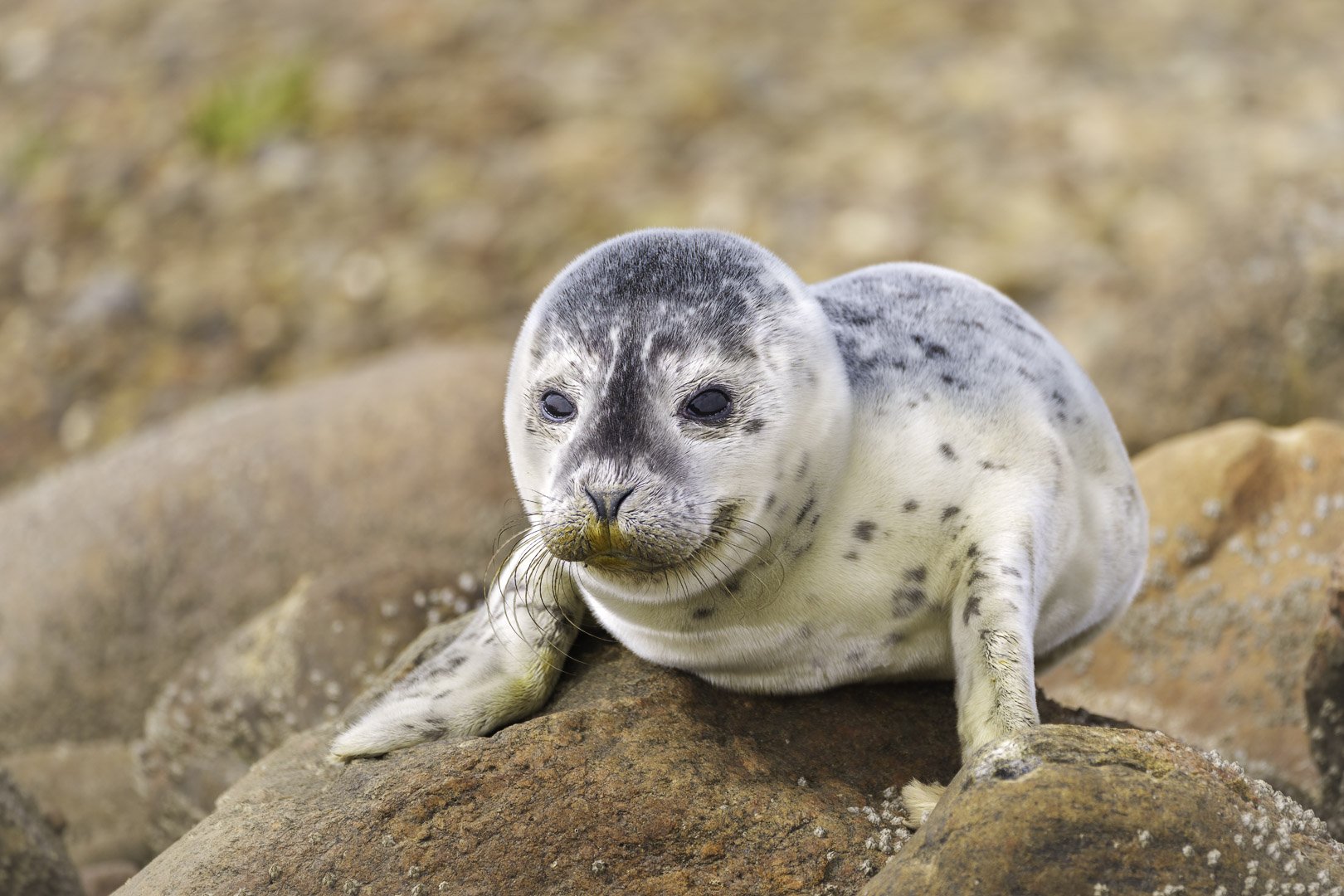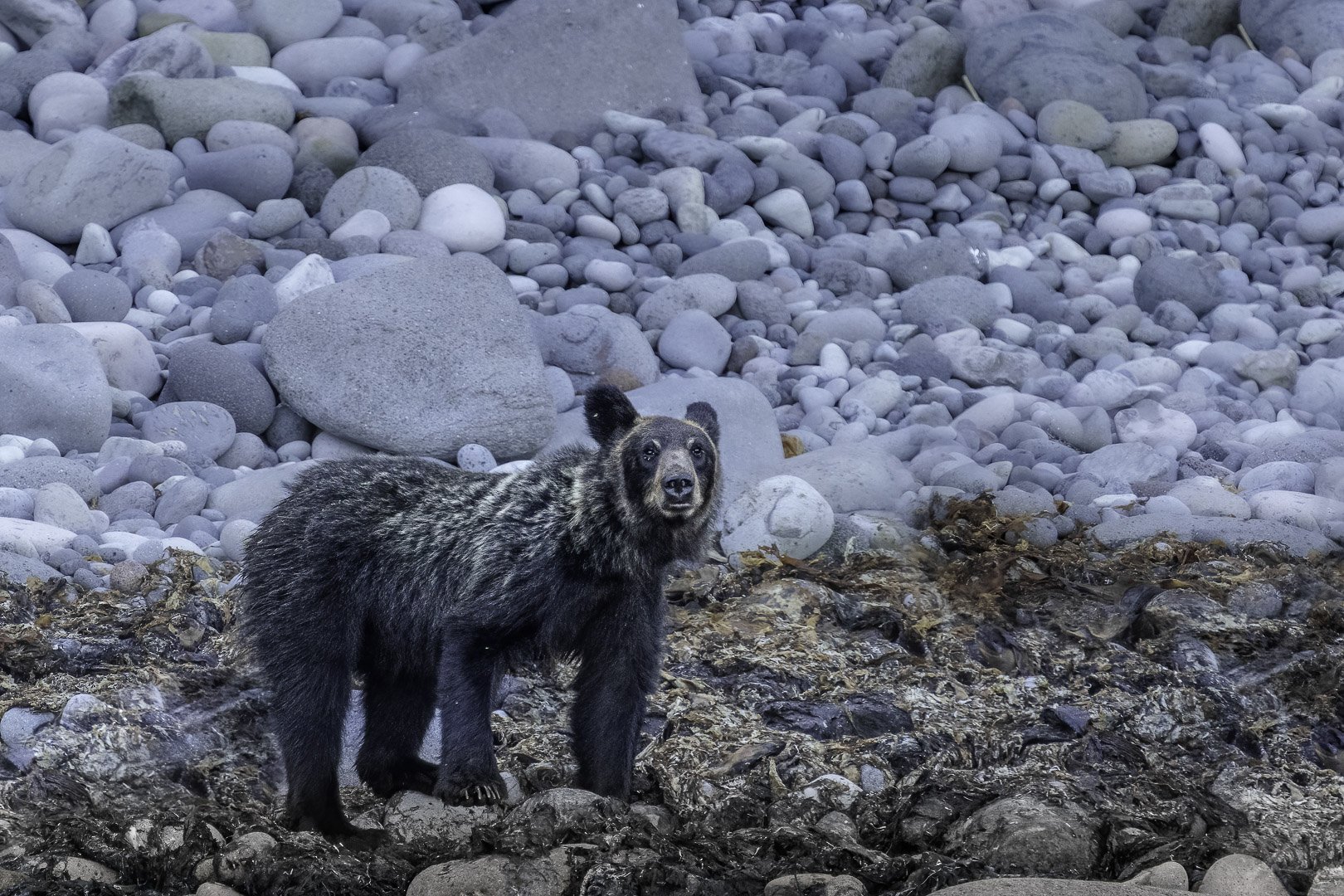Red deer (Cervus elaphus)
Red Deer (Cervus elaphus) - Picture taken at Darß Zingst, Mecklenburg-Western Pomerania, Germany
Key Facts
Size: 165 - 205 cm
Weight: 100 - 113 kg
Diet: Tree bark, grass, herbs, fruits, mushrooms, moss, lichens, young twigs, shrubs.
Observation Tip: Forests, thickets, large open clearings
Photography Tips
Lens: Starting from 600 mm
Difficulty Level: Hard (not at Darß Zingst, Mecklenburg-Western Pomerania )
The Red deer (Cervus elaphus), also known as Red stag or Noble deer, belongs to the family of True deer. Its particularly large and branching antlers are highly sought after as hunting trophies for male animals. Female animals, also called hinds or red deer, do not develop antlers. The Red deer is one of the largest free-living wild animals in Central Europe and prefers forest habitats. However, it was originally found in open and semi-open landscapes. Red deer are distributed in several subspecies across Eurasia. North American elk were previously considered a subspecies of the Red deer, but are now recognized as a separate species along with East Asian Red deer.
Red deer are larger deer species and body size varies depending on the subspecies. Male animals are generally larger than females. Male Red deer have a head-body length of 180 to 205 cm and a shoulder height of 105 to 130 cm, while female animals are 165 to 180 cm long and 95 to 115 cm tall. Weight varies considerably and depends on the subspecies and gender. In Sardinia and Corsica, there are particularly small deer weighing up to 80 kg. In the Carpathians and Bulgaria, there are particularly heavy Red deer, with male animals weighing up to 350 kg and female animals up to 200 kg. In the Westphalia region and the Reinhardswald (Harz), ten-year-old male Red deer typically weigh between 100 and 113 kg.
The antlers of male Red deer typically shed between February and April and begin to regrow shortly thereafter, with the timing of shedding depending on the age of the deer. Regrowth of the antlers takes about 140 days and is usually completed by summer. During this time, a male with large antlers forms a bone substance weighing four to five kilograms. The antlers are on average 90 to 105 centimeters long and weigh 6 to 6.5 kilograms including the skull. However, there are exceptionally large antlers that can reach up to 130–140 centimeters in length and weigh 18 to 21 kilograms. An example is a Red deer whose antlers were harvested in the Duvenstedter Brook near Hamburg in September 2014 and weighed 15.55 kg.
Red deer have various types of vocalizations. The roaring of male deer during the rut in autumn is the most famous. The function and sound of the rut are discussed in more detail in the chapter on rutting.
Red deer have highly developed senses, including a particularly acute sense of smell. Due to the high proportion of olfactory mucosa, Red deer are so-called macrosmatics. When they are out on grazing areas, they usually move against the wind. They also look for resting places that either have a swirling wind or blow from the direction of the enemy. The sense of smell is also evident in other behavioral patterns. Red deer often circumvent potential enemies in wide circles until the wind blows from the direction of the enemy. Red deer detect smells by lifting and lowering their heads with slightly open mouths and movable nasal mirrors to detect the source of the odor. With favorable wind conditions, Red deer can perceive human scent from several hundred meters away.
Red deer have laterally positioned eyes with large oval pupils and can oversee a wide area without turning their heads. They react to movements and have less developed recognition abilities for stationary objects. Their ears can be moved independently to accurately locate the direction of sounds. When they perceive danger, they assume a tense posture and can flee quickly.
In Eastern Europe, Red deer still have a contiguous distribution area, while in Western Europe, it is characterized by fragmented occurrences, some of which are very small. In Germany, the Central Uplands as well as the Alps and the Alpine Foreland are important distribution centers. Transport routes and densely populated areas can affect genetic exchange between populations.
In certain parts of Germany, Red deer must be hunted during the hunting season if they live outside specially designated Red deer districts. However, some federal states have abolished the Red deer districts, including Mecklenburg-Western Pomerania, Lower Saxony, Brandenburg, Saxony, and Saxony-Anhalt. In these areas, there is no obligation to shoot Red deer.
Red deer prefer natural habitats that provide a diverse structure of thickets, forests, and open clearings, but they can also survive in nutrient-poor forests or almost treeless landscapes. Red deer occur in various climate zones from the cold high altitudes of the Alps to hot lowlands, making them adaptable species. This has also led to successful colonization of Red deer in Chile, Argentina, and New Zealand.
In Central Europe, the natural habitats of Red deer have been severely restricted due to human settlement. Red deer avoid contact with humans and are almost exclusively found in forest habitats where they are least disturbed. In Germany, there are areas where Red deer may be hunted and others where it is prohibited. The latter are referred to as Red deer-free areas, but they are isolated and can lead to high wildlife densities and forest damage.
The Red deer is classified as an intermediate type among animals, standing between roughage feeders and selectors. Unlike the roe deer, which relies on high-quality food, the Red deer shows a broader variety of food. It consumes between 8 and 20 kilograms of green fodder daily, with nutritional needs varying seasonally and being particularly high in nursing or pregnant hinds as well as stags with growing antlers.
The rumen of the Red deer is relatively large in proportion to body size and can hold up to twenty-five liters. This allows it to digest cellulose-rich but also nutrient-poor food such as grass


